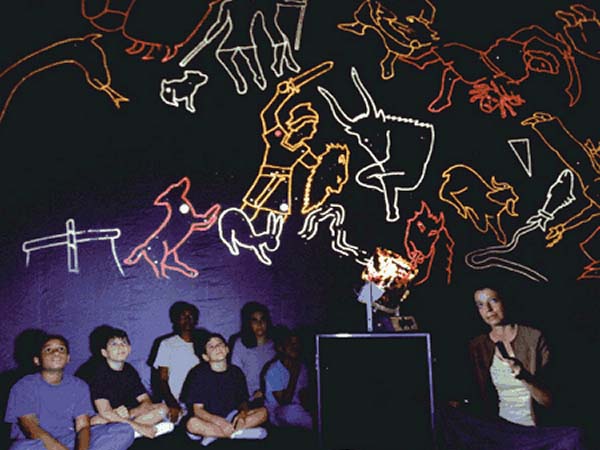Hiller Flying Platform
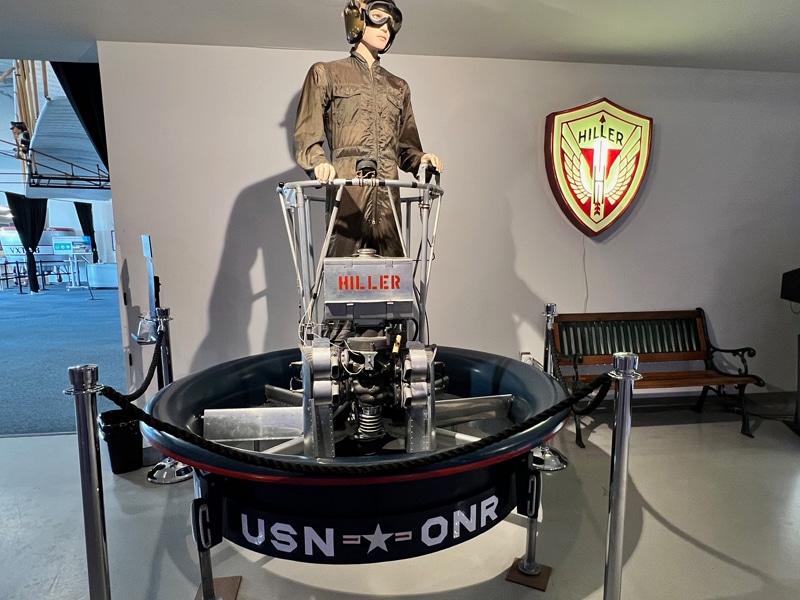
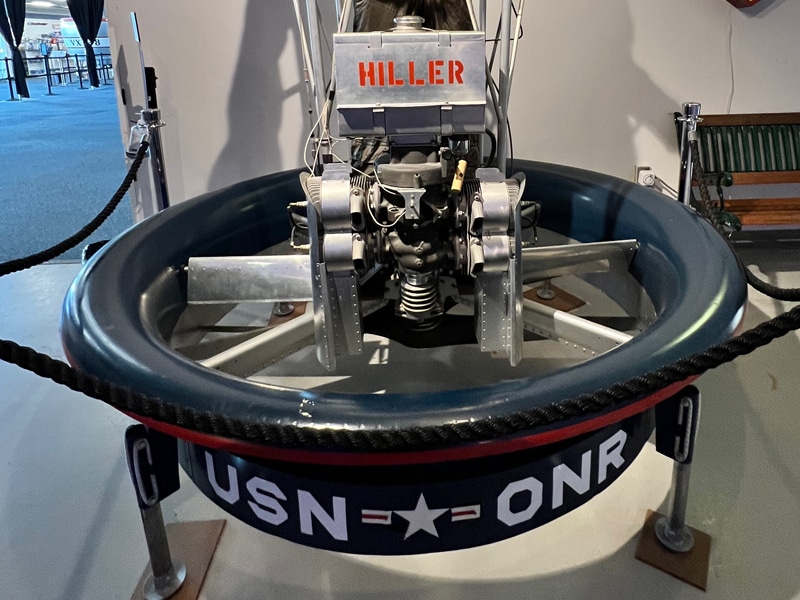
The Hiller Flying Platform, the closest design to mimic a magic carpet, still captures the public imagination.
The Hiller Aviation Museum houses some of the most unique flying machines imaginable. One such craft, the Flying Platform, is the prototype developed by National Advisory Committee for Aeronautics (N.A.C.A.) engineer Charles H. Zimmerman’s concept known as the “Flying Shoes.” To the amusement of his engineering peers, Charles Zimmerman proved the theory that rotors on the top (i.e., helicopters) are inherently unstable. Zimmerman theorized that a person’s natural balancing reflexes would suffice to control a small flying machine. Charles coined the term “kinesthetic control,” similar to riding a bicycle or balancing a surfboard.
Complementing Zimmerman’s “kinesthetic” theories, the Hiller Advanced Research Division (A.R.D.) incorporated a five-foot fiberglass round wing (ducted fan) with twin counter-rotating coaxial propellers powered by two 44hp/4000 rpm, four-cylinder opposed, two-cycle, Nelson H-59 Engines. The Nelson engine was the first two-cycle engine certified by the FAA for aircraft use. Utilizing the Bernoulli principle, 40% of the vehicle’s lift was generated by air moving over the ducted fan’s leading edge. Thrust from the counter-rotating propellers generated the remaining 60% of the lift.
On 17 September 1953, Hiller Helicopters signed a contract with the Office of Naval Research’s Naval Sciences Division (ONR) to incorporate Alexander Satin’s ducted-fan research with Charles Zimmerman’s “kinesthetic” theories. The classified project was turned over to the ARD at Hiller Aircraft, and construction began in January 1954. Nine months later, the ARD group, working in complete secrecy, delivered the prototype model 1031 Flying Platform. The first free flight of the Flying Platform took place on 27 January 1955 and went in the record books as the first time man had flown a ducted fan vertical take-off and landing (VTOL) aircraft. In April of 1955, the veil of secrecy was lifted, and all the world wanted a vectored thrust vehicle for their own.
Hiller Helicopters was awarded a U.S. Army contract in 1956 and produced two larger model flying platforms with the Army designation of VZ-1 Pawnee. These vehicles were similar in design but were 8 feet in diameter, 7 feet high, weighed 180 lbs empty, and the contract required a third Nelson engine installed. The added weight from the third engine severely affected the pilots’ ability to use “kinesthetic” movements for directional control. With a longer duct skirt, a modified version of the Pawnee was designated the VZ-1E and ended its career at Princeton University as a test vehicle for ducted fan research.
Of the six Flying Platforms built, the (ONR) vehicle is exhibited at the Hiller Aviation Museum, and the National Air & Space Museum has a 1031-A-1. Both platforms may be viewed online at their respective websites. The location of the remaining flying Platforms is unknown. If you have information regarding other Hiller platforms’ disposition or physical location, please get in touch with the museum.
“This invention relates generally to ways and means for propelling a person through the air in a controlled flight. More particularly, the invention provides a wingless aircraft propelled by thrust reaction and capable of vertical ascent for take-off and climbing, hovering in the air, horizontal flight, and vertical descent under such conditions that directional control and transition from vertical to horizontal flight and vice versa are effected by body movements or balance of the pilot flying the machine.” (A statement from the Patent # 2,953,321)
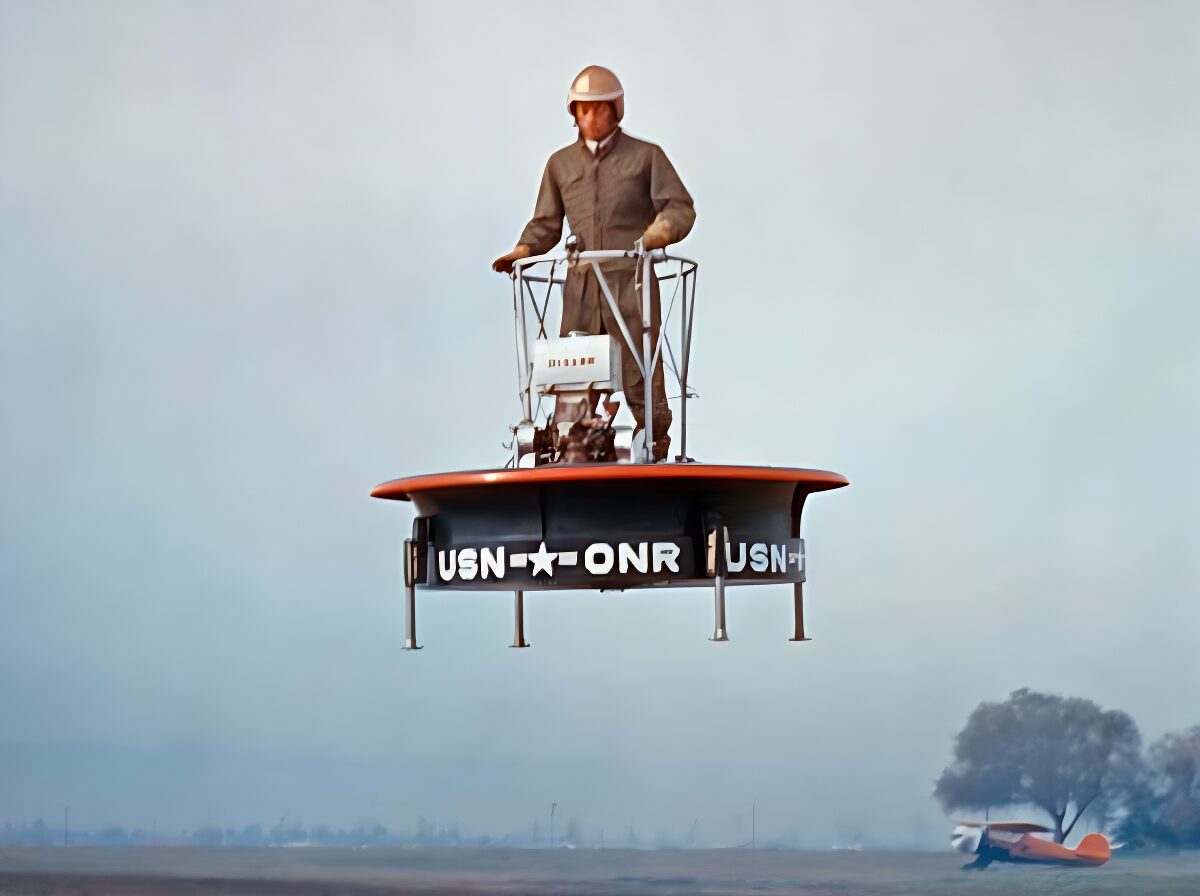
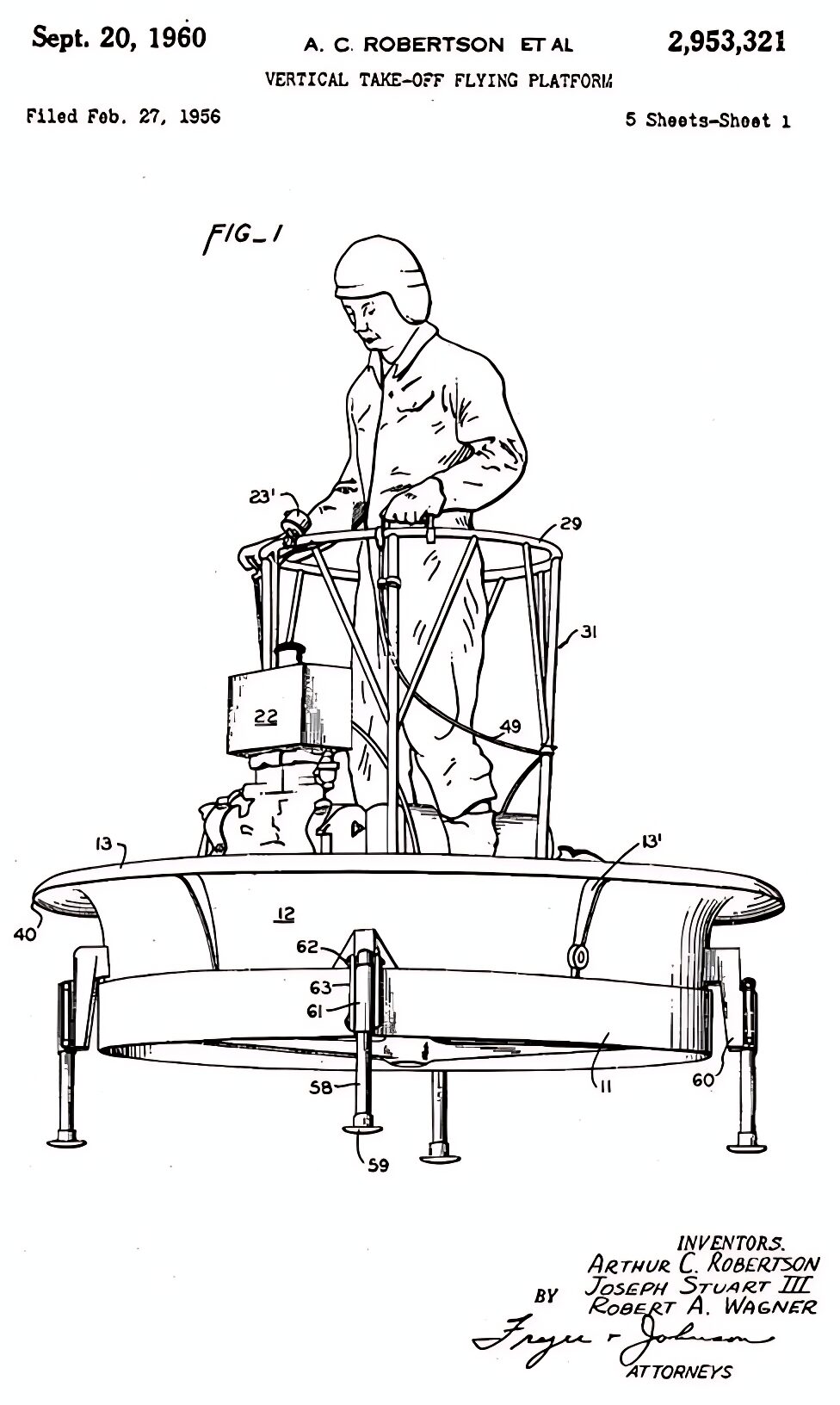
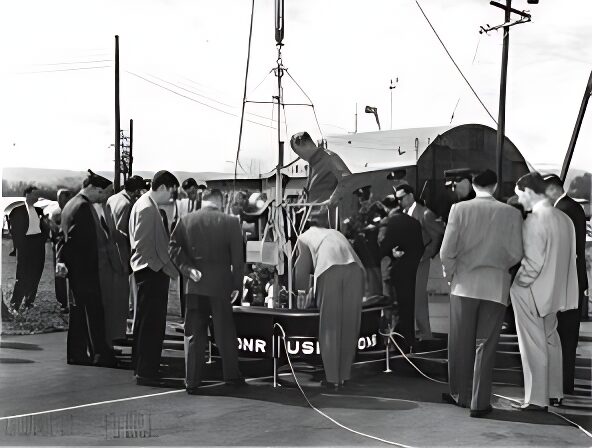
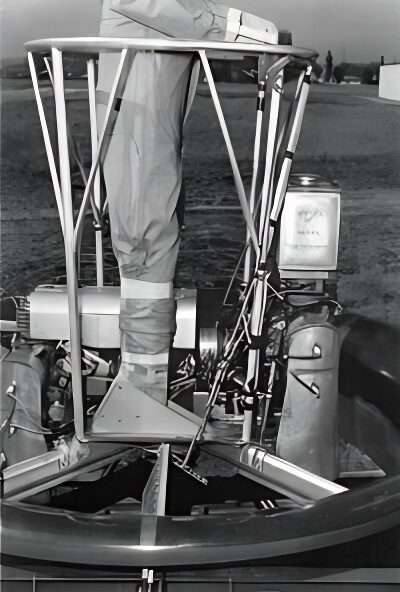
Today’s Schedule 10-5
The Hiller Aviation Museum is open daily from 10 AM to 5 PM. The museum is closed for Easter Sunday, Thanksgiving Day, and Christmas Day.
Upcoming Events
Exotic Car Show
Exotic Car Show featuring breathtaking rides from Ferrari, Lamborghini, McLaren, Porsche, and more — plus a look at the sleek Cirrus Aircraft.
Glider Discovery Day
Discover the world of flight in a special outdoor family event!


